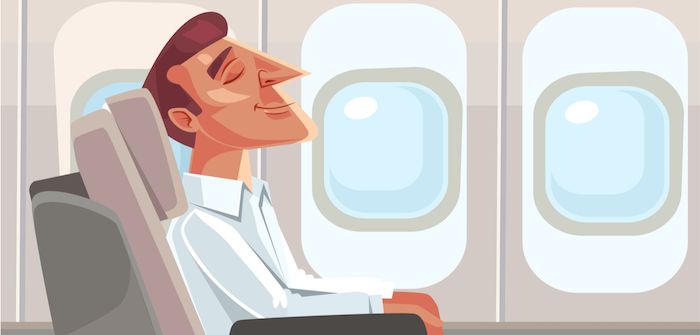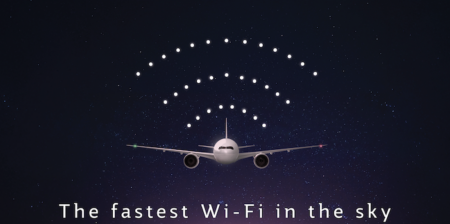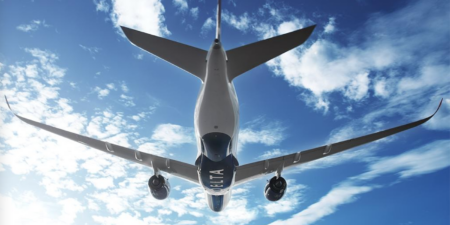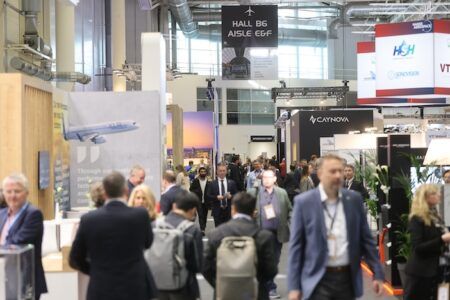Product and price are two sides of one coin. Designing premium aircraft seats is expensive and you need to know what value they generate in order to implement features that deliver optimal returns. Pricing specialists also need to know this value when they are setting fares and pricing ancillaries.
In this series I am writing about how developers and pricers can work together to understand the value that product investment creates, convincing budget holders that interiors investment is worthwhile. Here are nine open questions regarding premium seat value. Next time, I will explain how to find answers.
“Value” here reflects passenger satisfaction, not fares charged. Understanding this “value” enables robust fare setting.
Q1 – What value do horizontal beds create over other products?
Horizontal beds offer better sleep. But what is sleep’s value to meetings the next day, performing complex tasks and the other reasons for travel?
Q2 – What value do longer and wider seats create?
These seats offer improved sleep too, and again you need to quantify value. Consider foot space as well as shoulder width, and whether or not feet are enclosed. Length and width also improve the experience during waking hours when working, eating or watching IFE. Length and width can be traded off too – you will need to find the right balance.
Q3 – What value do larger tray tables create?
Large and sturdy tables come with cost penalties in production and operations. But they make it easier to work and eat, increasing satisfaction and enhancing perception. Can your airline monetize large tables?
Q4 – What value does additional storage create?
Additional storage also improves the passenger experience, but with cost penalties. Find out customers’ valuation to inform the investment decision.
Q5 – How does departure and arrival time influence seat value?
Passengers flying during waking hours may perceive different valuations to those sleeping. How these values compare and their distribution among passengers is a critical ingredient of the business case of a seat.
Q6 – How does flight length influence seat value?
Do longer flights increase seat value? Not necessarily. If your airline has a lot of five to eight-hour overnight sectors, every minute of sleep is precious, potentially increasing flat bed value.
Q7 – How can airlines compare seats against competitors?
What value does your seat create and how does it compare to Mini Pod, Club World, Polaris or Q-Suite? Take findings from previous questions and buy tickets on competitors to try out seats, take measurements and identify strengths and weaknesses.
Q8 – Do different markets value seats differently?
Airline passengers are a diverse bunch and each group almost certainly values the seat differently. Seats last a long time, so you need to understand not only the distribution of valuations today, but also how they may change over the seat’s life.
Q9 – How can I ensure the pricing team understands the value?
Work with your pricers to ensure that they know about product value points, then send them on observation flights with product specialists. Make sure reservations are firm so there is full opportunity to complete analysis.
Oliver Ranson is a pricing expert at Ranson Pricing Limited





